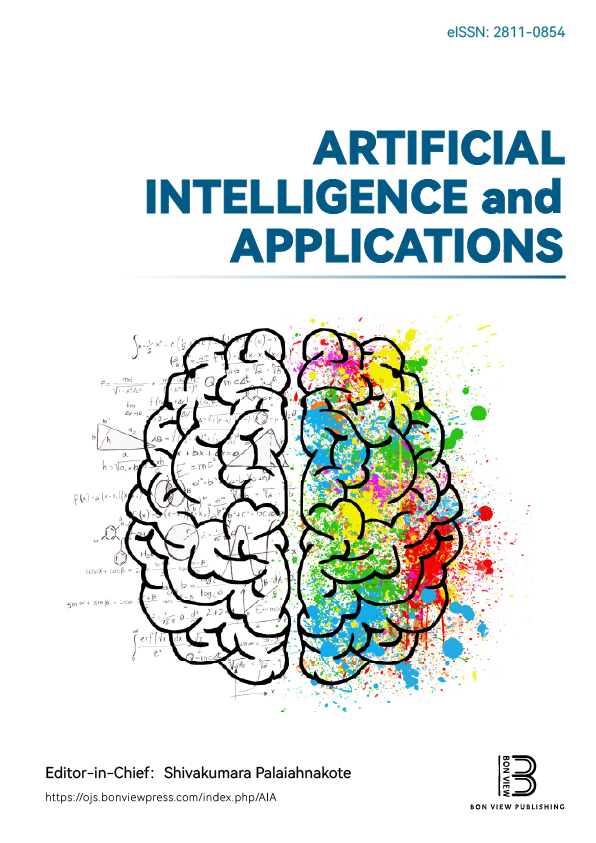An Expert Green Scheduling System for Saving Energy Consumption
DOI:
https://doi.org/10.47852/bonviewAIA2202332Keywords:
thermal-aware, scheduling, data center, cooling, Round Robin, slack timeAbstract
The rising energy consumption of large-scale distributed computing systems raises operational expenses and has a negative impact on the environment (e.g. carbon dioxide emissions). The most expensive operating cost aspect in data centers (DC) is the electricity consumption for cooling purposes (DC). Inefficient cooling causes excessive temperatures, which leads to hardware breakdown. To solve this issue, novel thermal-aware green scheduling algorithms were developed to dramatically reduce cooling energy consumption costs while avoiding high thermal stress conditions such as big hotspots and thermal violations while preserving typical competitive performance. As a result of this research, the expert green scheduling algorithms can save cooling electricity usage during job execution when compared to nongreen scheduling methods. Thus, the expert green scheduling algorithms clearly outperform nongreen scheduling algorithms in terms of cooling power usage effectiveness. In addition, the proposed algorithms enhance overall data center reliability by intelligently balancing workloads based on predicted thermal profiles, thus reducing the frequency of hardware failures and prolonging the operational life of computing resources. Experimental evaluation using real-world benchmark traces further demonstrates that the algorithms not only save energy but also maintain service-level agreements (SLAs) and throughput in large-scale grid environments.
Received: 20 July 2022 | Revised: 26 September 2022 | Accepted: 2 November 2022
Conflicts of Interest
Lawan Jibril Muhammad is an Editorial Board Member for Artificial Intelligence and Applications, and was not involved in the editorial review or the decision to publish this article. The authors declare that they have no conflicts of interest to this work.
Data Availability Statement
The data that support the findings of this study are openly available in GWA at https://ieeexplore.ieee.org/document/5620891, reference number [22].
Author Contribution Statement
Ahmed Abba Haruna: Conceptualization, Methodology, Writing – original draft, Writing – review & editing, Supervision, Project administration. Lawan Jibril Muhammad: Validation, Formal analysis, Data curation, Writing – review & editing. Mansir Abubakar: Software, Investigation, Resources, Writing – review & editing, Visualization.
Metrics
Downloads
Published
Issue
Section
License
Copyright (c) 2022 Authors

This work is licensed under a Creative Commons Attribution 4.0 International License.






